The 7 basic EHR needs of the public health space
The arrival of electronic health records (EHRs) created a new frontier for healthcare, enabling the digital transformation of patient information. The impact of EHRs on care has been transformational, allowing for real-time, patient-centered records that can be accessed securely by providers. Care coordination has improved, while patients now have the information they need to play a more present role in managing their health. But what exactly are the basic EHR needs of the public health space?
The evolution of EHRs
The EHR initiative launched back in the early 1990s, long before the world became virtual and digitized. Since the inception of this type of record-keeping, much has changed. According to the CDC, the adoption of EHRs is now at 85.9% of physicians. The number of hospitals using them is even greater with a 94% usage rate.
Since the majority of the healthcare ecosystem is using EHRs, the question is, how effective and efficient are they? Are EHR needs being fulfilled by the public health space? What are the most substantial benefits of going digital?
EHR needs
EHR needs in the public space include a variety of requirements and different functionality. When choosing a platform, it’s essential to map out your parameters. To do this, you should define your goals, work with users to understand their workflows and document your findings.
The core EHR needs may encompass any or all of these features:
- Health information and data storage in an electronic format that is interoperable
- Management of test results
- Processing of orders and prescriptions digitally
- Decision support to provide clinicians with possible risks or other information to improve decision-making
- Electronic communication that is HIPAA compliant
- Support for administrative processes and reporting
- Producing reports on clinical data for population health reporting
Beyond these features, most choose a certified EHR technology. By partnering with a company that is committed to maintaining certifications, you will increase the chances for interoperability of your system with other health care entities such as laboratories, hospitals, and data exchanges.
The value of EHRs
As every industry has gone through a digital transformation, healthcare has embraced technology as well. The advantages of using an EHR are countless, enabling a better quality of care and improving the efficiency of providers.
Here are some of the benefits of using an EHR:
- Allows access to up-to-date and comprehensive patient information at the point of care.
- Improves coordination of care because of accessibility.
- Provides a secure, HIPAA-compliant space to share data.
- Helps providers more accurately diagnose patients and reduce medical errors.
- Enhances patient and provider communication.
- Allows for safer prescribing.
- Boosts productivity of users who no longer have to use paper records.
- Reduces costs by eliminating paperwork, improving safety, and reducing duplication of tests.
- Offers an accurate and streamlined way to code and bill.
EHR needs and fulfillment in the public health space
EHR needs in the public health space can be met when you choose the right platform that has a minimum of the seven basic features described above. To fulfill those needs, you should choose a solution that is easy, efficient, and effective. One of the additional key needs is to know how customizable the EHR is to your specific public health needs and environment.
Taking in the EHR needs and benefits, you’ll be well on your way to finding the ideal solution.

